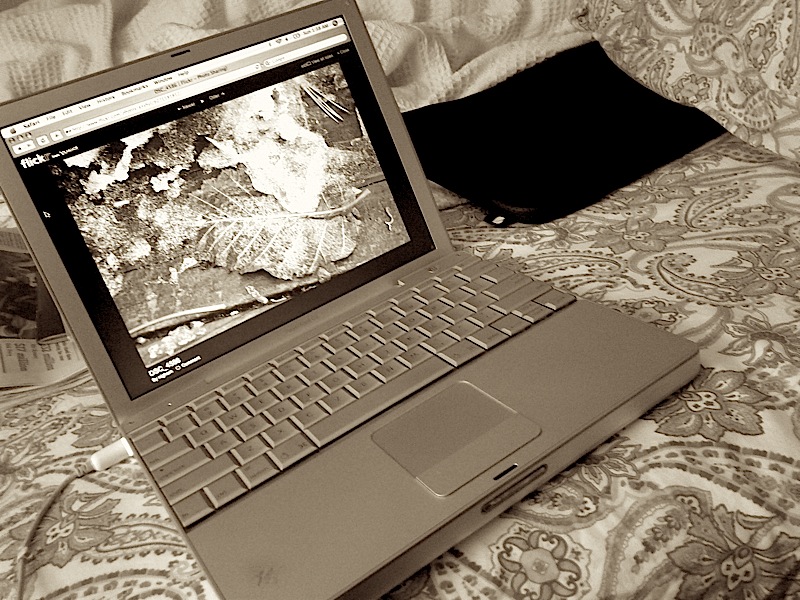In many more ways than one, this book can be described as “food for thought.”
Clay Johnson aims to do for information what Michael Pollan did for food. The parallels the book draws between the food and information industries are surprisingly persuasive. Like our food, the most easily and cheaply accessible information that we consume today is highly processed and consequently lacking in basic essentials (namely, truth). Sensationalist journalism, opinions disguised as facts, echo chambers are the result; but worse, they tend to propagate more fact and reason-free debate in a vicious circle. And so, we need to go on an information diet.
The first half or so of the book presents solid evidence that most of our information sources are failing us; and describes why. A balanced and nuanced news article may cost the New York Times thousands of dollars to research and write; but slapping on a sensationalist headline and quoting the article out of context costs an opinion writer next to nothing. Yet the latter may garner more attention (and hence more ad dollars) because people eat up (pun intended) controversy. And as it becomes harder to find funding for real news reporting, well-presented “research” by people with vested interests starts to get labeled as news. A nice discussion on various forms of human psychological biases rounds off this part of the book.
The second half of the book focuses on a framework for the information diet itself. I really liked that the book stays away from concrete recommendations and instead shows how we should think about the quality of the information we consume. First up, analogous to eating locally, we’re asked to consume information that is as close to the source as possible — reading a research paper or even its abstract is better than seeing a soundbite on cable news. There are a bunch of data literacy skills described, including effective web searching, filtering opinions from facts, and creating and publishing content ourselves. We’re exhorted to take control of our attention, and an amusing few pages in the book describe a very diet-like method of reducing our distraction time a little bit each day.
The biggest take away for me from the book is the suggestion to limit information consumption to 6 hours a day, leaving the rest of the time for creating rather than consuming. To be honest, I wish this part had been developed a bit further; in my experience, the “kick” that comes from deep focus and creativity is an excellent antidote to our craving for affirmation and hunger for instant news that causes information obesity in the first place.
This is not only a wonderful and informative book, it addresses what I think is and will be an essential skill in the digital age. More information about the book is at http://www.informationdiet.com/.
A few things that I’d like to add to the ingredients of an information diet which either weren’t directly mentioned or I missed:
Fast is not always better. It seems to have become the highest priority for some media to relay news at the speed of light. But the folks who focus on rushing the news out usually aren’t the ones who report it best. I’m fine with getting my news and information a little late if I can get it at higher quality. I usually catch up on world news in The Economist, a weekly news magazine which usually has much more balanced reporting and in-depth analysis than many breaking news sites. Recently, when the American Supreme Court ruled on the Affordable Care Act, a couple of well known news organizations got the one-line summary wrong in their rush to be the first to report it.
Full screen mode is your friend. I’ve (so far) typed about 600 words for this post. I don’t think I’d be able to do it as quickly as I have without full-screening my browser, which removes me from tabs and other UI distractions of a modern browser and operating system.
Meditation is a vaccine against distraction. I have found regular meditation (20 minutes or so a day) to be extremely helpful in being focused, avoiding distraction and keeping me motivated to be creative.












